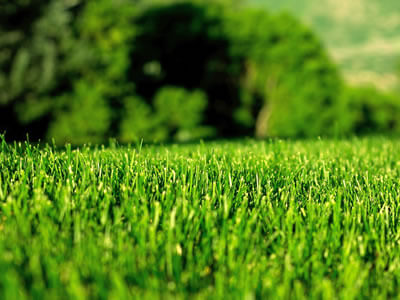
Lawn Nutrition
Lawns require the correct balance of nutrients all year. We deliver environmentally friendly nutrition which develops healthy soil biology and grows lush, green, disease resistant grass.
Read more...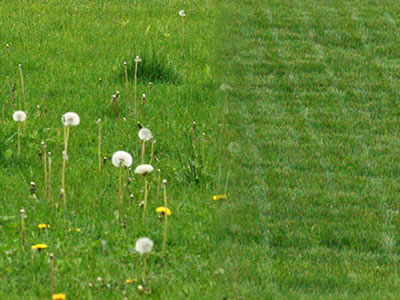
Weed Control
Our lawn weed treatments are safe for the environment, your family, pets, and wildlife. Professional treatments control even the toughest lawn weeds, all year round.
Read more...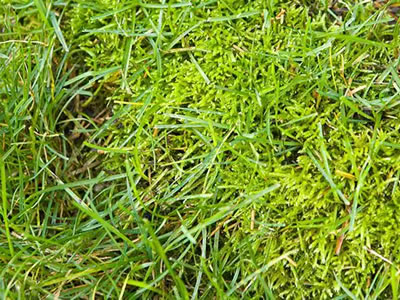
Moss Control
Regular professional lawn moss treatments will reduce the issues of moss in lawns. Ensuring your lawn looks its best right through winter.
Read more...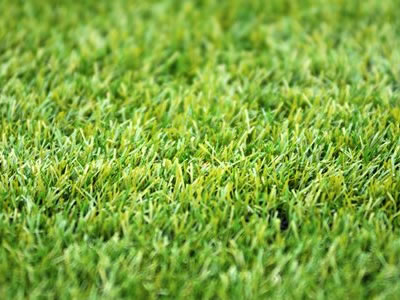
Lawn Tonic
Many lawns suffer through the challenging winter months. Our specially formulated lawn tonic treatment boosts grass health, ensuring it makes it to spring looking great.
What to expect
- We will always contact you before each visit, to advise you when we are coming and what we are coming to do
- Appointments are set to suit you. No need to be home when we come, but if you want to be we will do our best to accommodate that
- Your lawncare will be provided by our professionally trained, qualified and licensed lawncare technicians. Always in uniform and always happy to spend time with you and your lawn
- A full lawn condition survey of your lawn will be carried out each time we attend
- You will receive an after-service email when we have completed your visit. This will tell what time we visited, what we did and who carried out your treatments.
- Our after-service email will include comments about your lawn condition, guidance or recommendations that we want to bring to your attention
- You can manage your account directly through our customer website, giving you full, immediate, control over your lawncare services
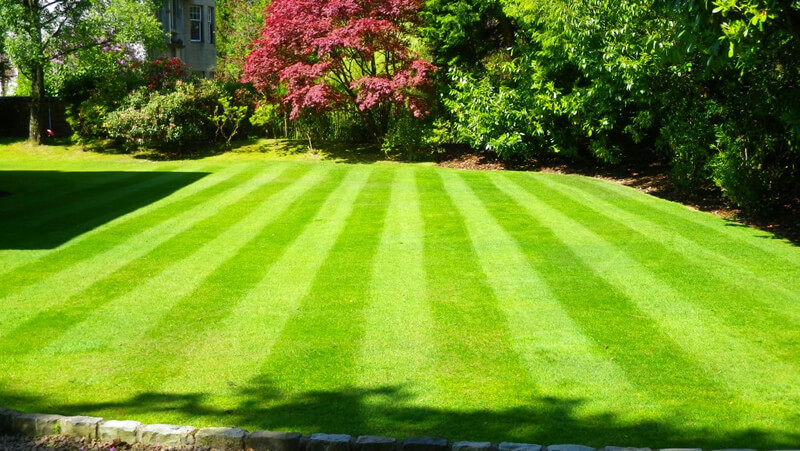
Get mowing right and you're more than half way towards a perfect lawn
Our lawncare guarantee
- We promise to treat your garden as though it were our own
- Everything we use in your garden is safe for you, your family, your pets and wildlife – bees too!
- We are fully insured against risk and damage when working at your home
- We will treat you and your property with respect at all times
- We promise to keep you fully informed
- We will respond quickly to your requests

Any matters of concern will be brought to your attention through our after-service email
- Assessments of the general visual appearance of the turf
- Identification of any weeds present
- Identification of any evidence of lawn diseases
- Investigation of any signs of animal damage to the surface of the lawn
- Soil analysis where insect damage is suspected
- Mowing height and frequency
- Drought stress and watering regime
- Compaction issues
- Build-up of lawn thatch and moss
- Bare areas

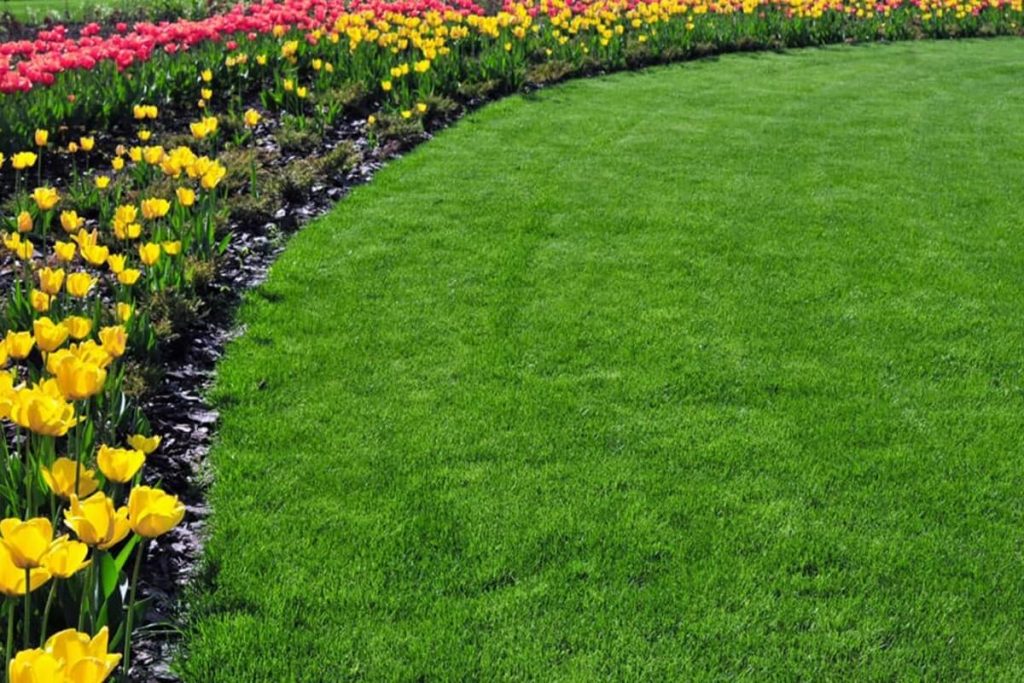
As days begin to warm, weeds can become an issue in untreated lawns. Our Spring treatment addresses lawn weed issues.
- Safe weed control – for you, your family, your pets and wildlife
- Safe for bees too – our plant control products are guaranteed safe for insects
- Safe application – we always follow industry best-practice guidance
- Effective – we will control even the most challenging weeds
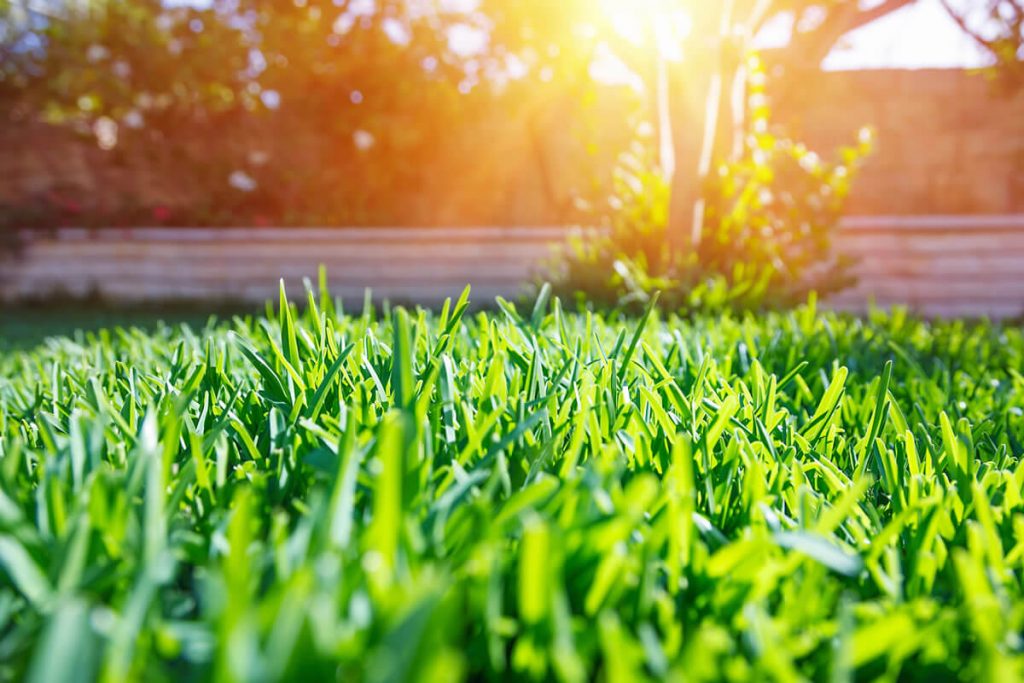
Hot and dry weather can be stressful for lawns. Drought-safe summer nutrition and weed control will keep your lawn looking great right through summer.
- Feeding your soil – nurtures beneficial soil biology
- Weed control – treatment of any lawn weeds
- Water regulation – balanced nutrition essential for efficient water regulation
- Bio-stimulant – fertiliser designed to provide relief to stressed lawns
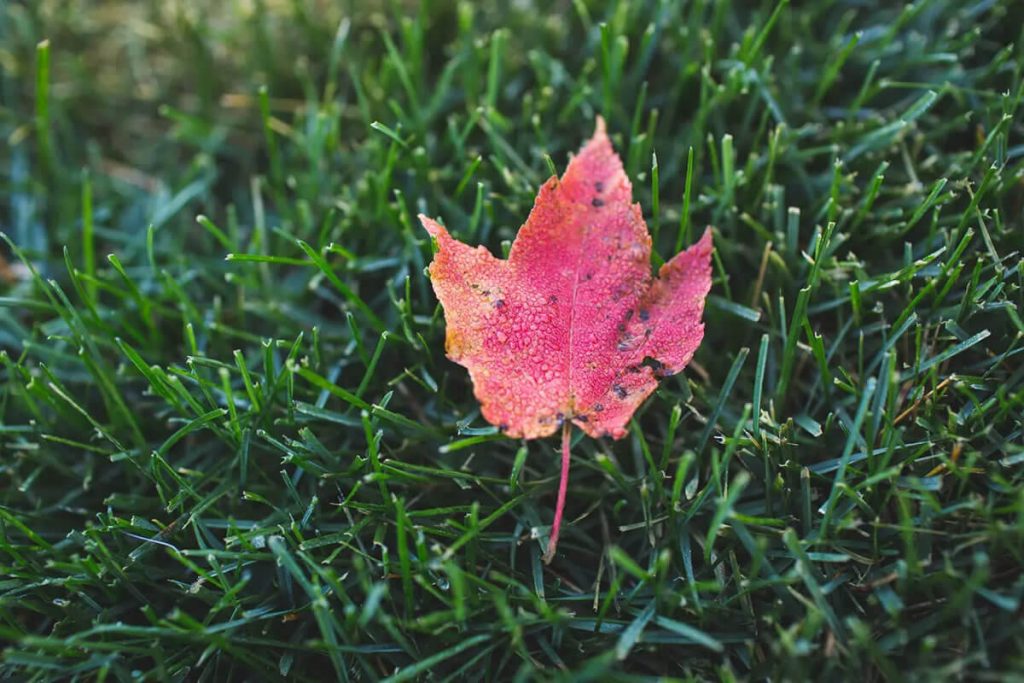
As days begin to shorten the needs of your lawn still need to be addressed. At this time of year our focus is on soil health and moss prevention.
- Specialised nutrition – strengthening leaves & cells to help with winter condition
- Weed control – safe treatment of all lawn weeds
- Moss prevention – controlling moss before it takes control
- Microbial booster – feeding soil biology which will help to protect grass plants
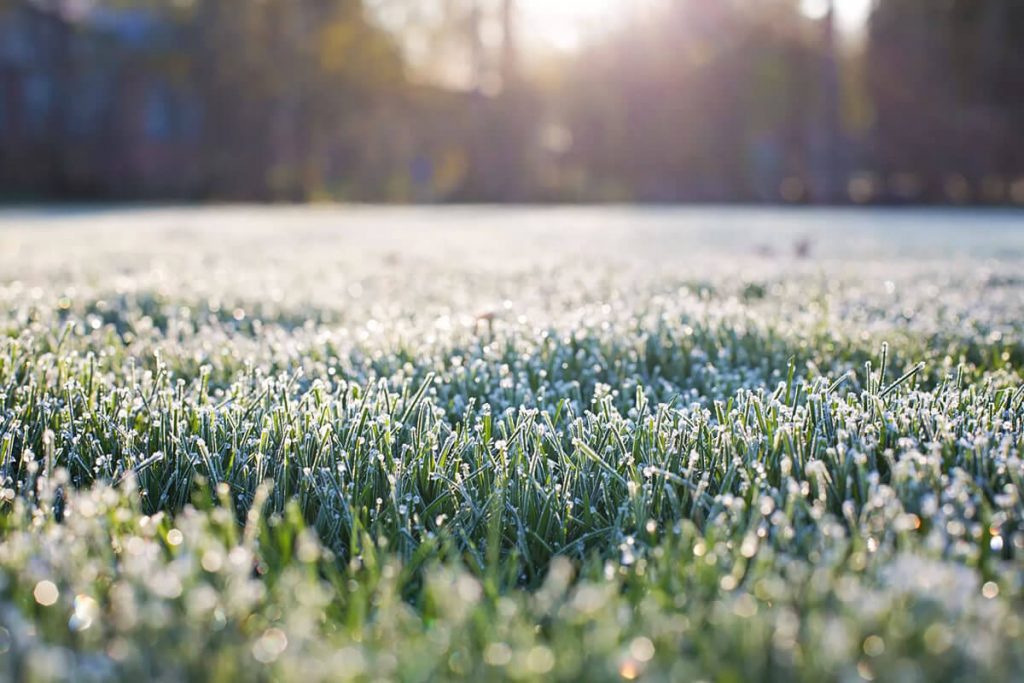
Darker days and wet, cool weather can cause lawns to struggle. Our Winter treatments help your grass make its way to Spring.
- Two fast-acting liquid treatments
- Moss control – dehydrates moss to prevent it taking over the lawn
- Lawn tonic – essential winter nutrients to aid cell production and repair
- Winter green-up – boosting your lawn’s ability to make use of low light levels
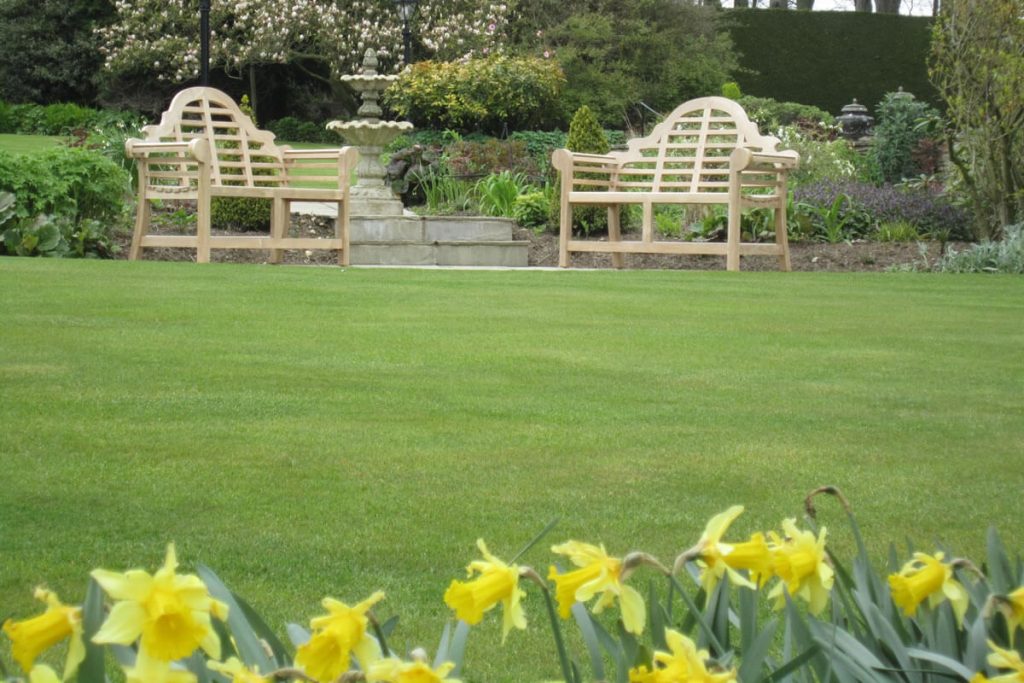
Grass starts to grow sooner than most people realise. Without early nutrition, grass can become stressed and suffer from disease.
- Controlled nutrition – released carefully over time
- Temperature controlled – if spring is cold, nutrition is not released into the soil
- No excess – even grass colour and growth through to mid-summer
- No loss – controlled release nutrition won’t create environmental issues
Our Professional Lawn Treatment Plan will deliver impressive results. Tailored to the specific needs of your lawn, and taking into consideration your soil type and grass varieties, it delivers seasonal treatments that guarantee results.

 Established 2016
Established 2016






